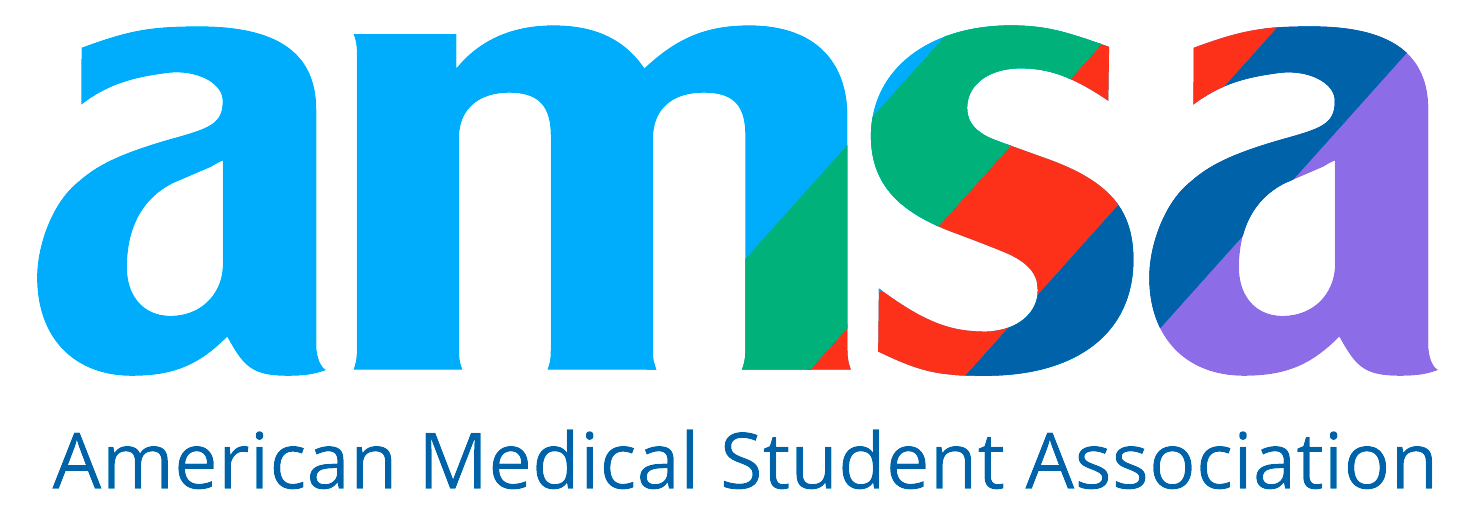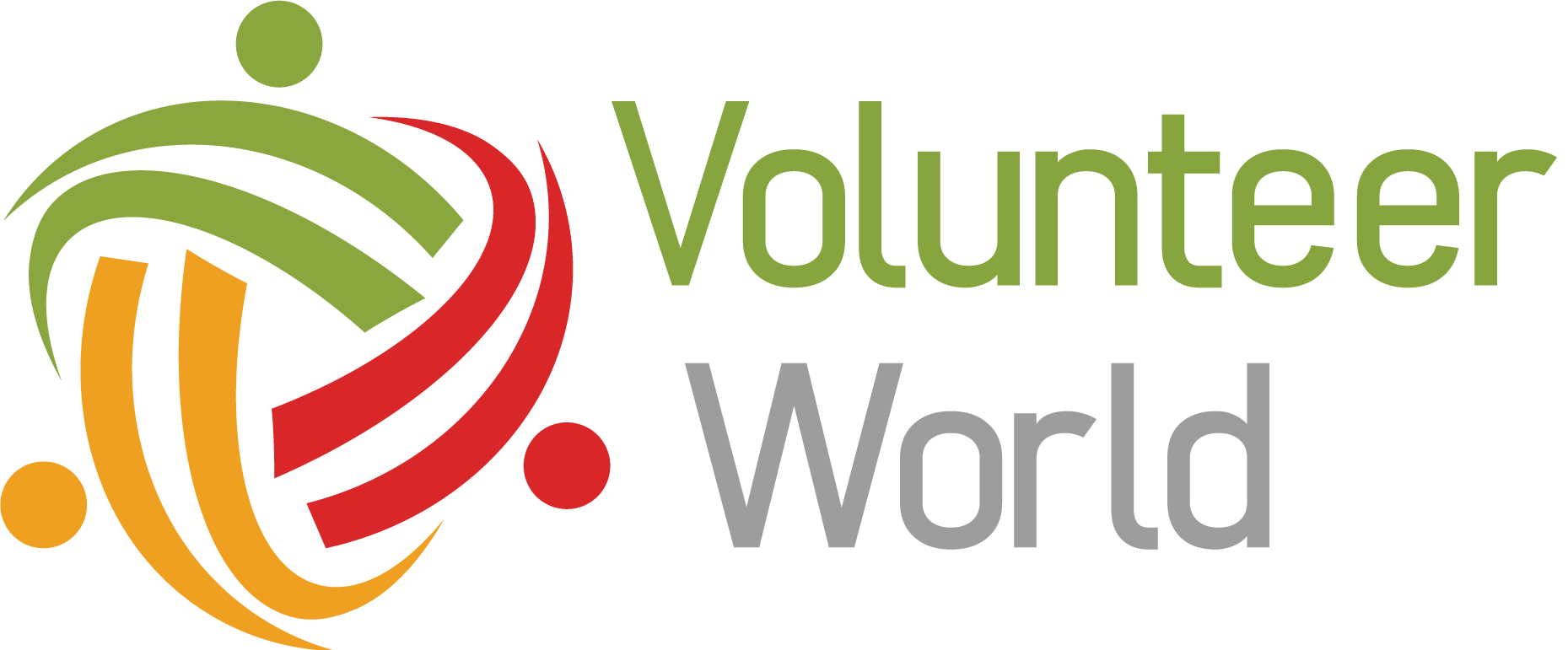Understanding Osteopathic Medicine: What Makes It Different?
Go-Elective Abroad
Understanding Osteopathic Medicine: What Makes It Different?
Osteopathic medicine is rooted in the belief that the body is an integrated whole. Instead of isolating symptoms, Doctors of Osteopathic Medicine (DOs) consider how different systems—musculoskeletal, nervous, and beyond—interact to affect overall health. This holistic approach continues to gain traction, with nearly one in four medical students now training at osteopathic institutions in the United States.
The Foundations of Osteopathic Medicine
A Whole-Body Philosophy
Osteopathic medicine views the body’s structure and function as interdependent. DOs undergo specialized training in the musculoskeletal system, which allows them to identify how structural imbalances may impact other body systems.
The Growth of the Profession
Today, DOs make up approximately 11% of U.S. physicians. They practice across every specialty—from family medicine and surgery to psychiatry and critical care—and even serve at the highest levels, such as in NASA’s medical team and the White House.
The History of Osteopathic Medicine
How It All Began
Osteopathic medicine was founded by Dr. Andrew Taylor Still in 1892. Frustrated with the harmful medical practices of his time, Still introduced a new philosophy emphasizing structural alignment, natural healing, and self-regulation of the body.
From Missouri to Mainstream
Despite early resistance from the allopathic community, osteopathy gained momentum. By 1896, Vermont officially recognized the profession, and the American Osteopathic Association was formed to advance the field.
What Is a DO Doctor?
Patient-Centered and Preventive
DOs emphasize preventive care and work closely with patients to promote long-term health. They integrate lifestyle factors, environmental influences, and emotional wellbeing into treatment plans.
Unique Training and Skills
In addition to traditional medical education, DOs receive hundreds of hours of hands-on instruction in osteopathic manipulative treatment (OMT), which enhances diagnosis and therapy through manual techniques.
What to Expect When Visiting a DO
A Comprehensive Examination
DOs assess the whole person—not just symptoms. Expect questions about your lifestyle, diet, mental health, and environment, alongside physical exams and standard diagnostic procedures.
Preventive Recommendations
Osteopathic doctors often recommend practical lifestyle adjustments—from exercise and diet to mindfulness practices—to prevent illness before it begins.
Osteopathic Manipulative Medicine (OMM)
What Is OMM?
OMM is a core part of osteopathic education. It includes a range of manual techniques that diagnose and treat conditions by restoring proper alignment and function to the musculoskeletal system.
Common OMT Techniques
- Soft Tissue Techniques – Stretching and applying pressure to relax muscles
- Muscle Energy – Patients push against resistance to improve motion
- Myofascial Release – Gentle manipulation of connective tissue
- Cranial OMT – Subtle pressure applied to the skull for relief and balance
Conditions Treated With OMT
OMM can help manage a variety of conditions, such as:
- Low back pain and neck strain
- Sports injuries and repetitive stress disorders
- Tension headaches and migraines
- Asthma and respiratory issues
- Menstrual cramps and digestive discomfort
Some pediatric DOs also use OMT to address colic, ear infections, and asthma in children.
DOs vs. Other Healthcare Providers
DO vs. MD
While both are fully licensed physicians, DOs take a more holistic, preventive approach. Their additional training in OMT distinguishes them from MDs, especially in musculoskeletal care.
DO vs. Chiropractor
Chiropractors focus largely on spinal alignment but are not medical doctors. In contrast, DOs can prescribe medications, perform surgery, and treat the full spectrum of conditions with a broader medical education.
DO vs. Naturopath
Naturopathic doctors emphasize natural remedies but lack the standardized, federally accredited training that DOs complete. DOs integrate both conventional and holistic care within evidence-based medicine.
Osteopathic Recognition and the Biopsychosocial Model
A Broader View of Pain
Osteopathic medicine embraces the biopsychosocial model—recognizing pain as an interplay of physical, psychological, and social factors. DOs are trained to uncover underlying contributors to chronic pain and illness, not just treat symptoms.
A Holistic Clinical Mindset
Osteopathic doctors consider emotional wellbeing, community support, and lifestyle when diagnosing and treating patients. This often results in deeper connections with patients and more personalized care strategies.
The Path to Becoming a DO
Academic and Clinical Training
Becoming a DO requires four years of osteopathic medical education, followed by a one-year internship. Most DOs also complete residencies in specialties such as surgery, pediatrics, or family medicine.
Ongoing Specialization
Some DOs pursue advanced fellowships or subspecialties, while all maintain comprehensive training in primary care and patient-centered health.
Who Can Benefit from Osteopathic Medicine?
Chronic Pain and Musculoskeletal Conditions
OMT offers an effective alternative to opioids and surgery for many pain conditions. DOs are especially skilled at treating:
- Degenerative disc disease
- Tendonitis
- Carpal tunnel syndrome
- Neck and back pain
- Repetitive strain injuries
Preventive and Holistic Health
By promoting lifestyle changes and preventive care, DOs support long-term wellness and help reduce healthcare costs.
Are There Risks to OMT?
While generally safe, mild soreness or discomfort may occur after treatment. Rare side effects include nerve irritation or strain, particularly in individuals with conditions like osteoporosis or spinal surgery history. Always disclose your medical history to your DO for a tailored treatment plan.
The Benefits of the Osteopathic Approach
-
Lower Costs and Better Outcomes
Studies suggest that osteopathic care can reduce unnecessary imaging, pain medication use, and specialist referrals. This not only lowers healthcare costs but also leads to improved patient satisfaction and quality of life.
-
Personalized Care with a Human Touch
DOs bring empathy, attentiveness, and manual healing techniques into every appointment, aiming to treat people—not just illnesses.
Final Thoughts: Is Osteopathic Medicine Right for You?
Osteopathic doctors offer a holistic, evidence-based, and increasingly sought-after approach to patient care. Whether you're exploring healthcare careers or seeking comprehensive treatment, osteopathic medicine represents a fusion of modern science with hands-on healing.
At Go Elective, we help students explore the world of global health—including osteopathic care—through immersive internships and shadowing programs in Kenya and Tanzania. These experiences are perfect for pre-med, nursing, and PA students seeking exposure to diverse medical systems, including osteopathic approaches.
Ready to step into the world of osteopathic medicine and global health? We’re here to support your journey every step of the way. Learn more about our programs here.
Article Details
Categories
Recent Articles , Pre-health, Medical Electives, Nursing Internships,
Author: Go-Elective Abroad
Date Published: May 9, 2025
Travel with us.
Inquire Today!
Go Elective offers immersive opportunities for medical students, pre-med undergraduates, residents, nursing practitioners, and PAs to gain guided invaluable experience in busy hospitals abroad. Discover the power of study, travel, and impact.






